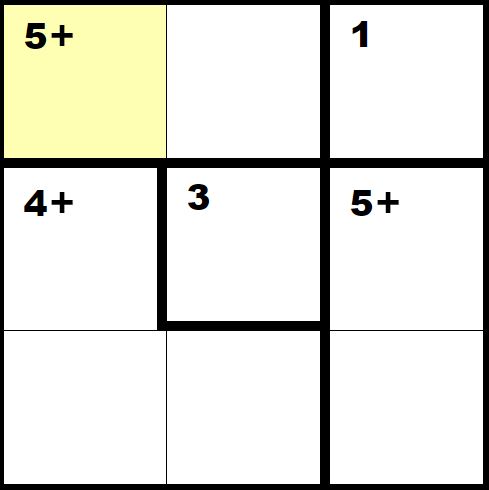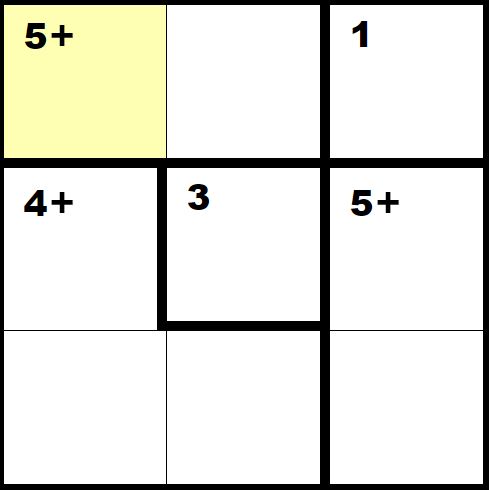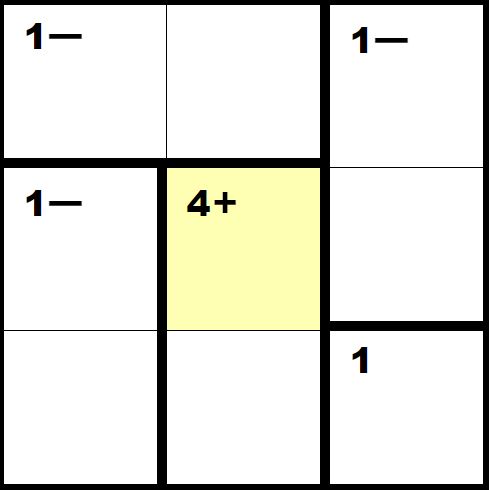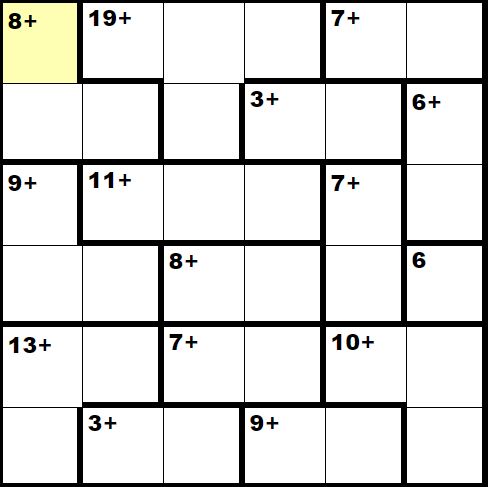Tuesday’s morning run was with Jeremy Hannay (Weareinbeta). We had caught up on Twitter regarding our frustrations with regard to corrosive influence Performance Management within education. The interview gives an insight into his leadership approach, system comparison (including Ofsted), teacher development at Three Bridges Primary as well as our shared interest in the impact of unintended consequences (of accountability processes) and Coaching as a potential, contributory replacement.
Are you building a cathedral or are you busy cutting stone?
Jeremy Hannay
There is a lot of emphasis on collaboration, ownership and agency as opposed to monitoring, scrutiny, accountable. He goes as far as saying, if there is the former, the later is almost redundant. That is not at the expense of students outcomes – for a school that serves a high number of student from the highest quintile for deprivation, student rates of progress at the school draw 300-500 visitors a year.
Lowballing expectations
The idea that schools “prepare children for the wider world” is lowballing. Rather Jeremy suggestions want to
“… deliver a curriculum and for students have experiences, to allow students to go out and change the world.”
Lean-in – leadership
Jeremy suggestions we “lean in.” To draw from all that have interesting project and approaches, far and wide. As far as I know, lean-in leadership also promotes
#Levelout
It’s often helpful to speak at a lower pitch and volume, as if you were comforting someone. Find a tone that shows you’re levelling with people.
#Iseeyou
Make sure staff know that you see them. Acknowledge their feelings and what they’re going through. Know them. Often, when you appreciate other people’s positions, they’ll be more willing to listen to yours.
#Livednotlaminated
Warmth isn’t easy to fake, but it is easy to see through – so you need to mean it. You need to live it.
Reading on the radar
Whole school reading is on the radar. Whole school reading strategies, reading for pleasure, reading the learning, reading recovery, reading celebration and reading approaches for teaching.
Below are the notes from the PD session diary that added to my thinking.
Identifying “attack words” before reading. Priming, signposting and pre-teaching and building subject specific vocabulary is most certainly important. Building vocabulary more globally (across the curriculum) is one of the most valuable contributions at Key Stage 3. (Reading mechanics, decoding, deciphering, and reading fluency were highlighted, discussed, though already very much part of my practice in all subjects I have taught.)
The Five Finger Rule
The five finger rule is a quick and easy way for your child to check if a book is suitable to read on their own. Before they start, ask them to turn to a random page in the book and read it. For every word that they don’t know, they should hold up a finger.
Quick reference for appropriate reading materials
0 or 1 – Most probably too easy for your child.
2 – A good choice that will give your child a reasonable challenge and allow them to learn new words.
3 – Your child might need some help, but still a good choice if they’re up for a challenge.
4 – May be too difficult for your child to read on their own. If you are on hand to give them help or read along with them it can be suitable, but if they are reading on their own, choose a different book.
5 – Most probably a bit too advanced, try a different book.
Interesting, when I spoke to my son, he had another take on the rule. Place your hand on the book – can you comprehend and explain the five words your fingers rest on. Apply the 1-5 coding as above. Reading 5 words, swifter than reading a page of course.
Checking for understanding – was the whole school point reiterated.
KenKen
KenKen for cleverness (賢 ken, kashiko(i)).
KenKen are Japanese logic arithmetic and logic puzzle invented by Japanese math teacher Tetsuya Miyamoto. Sometimes called Calcudoku and Mathdoku. Rules are simple.
- Each row contains exactly one of each digit (eg 3×3 -1, 2 and 3)
- Each column contains exactly one of each digit (eg 3×3 -1, 2 and 3)
- Each bold-outlined or cage achieves the specified result using the specified mathematical operation: addition (+), subtraction (−), multiplication (×), and division (÷).
Trials with students were very successful. Outlining the rules with 3×3 grids, we quickly got to 5×5 and multiple functions – and requests to KenKen.
Lastly, a small personal success. Tuesday evening brought confirmation that I have had passed the third and final ILM Coaching and Mentoring (Level 5) assignment. I am now a qualified Coach.
Hump day has not even passed and that’s a lot of learning by Wednesday – held over til Sunday.





